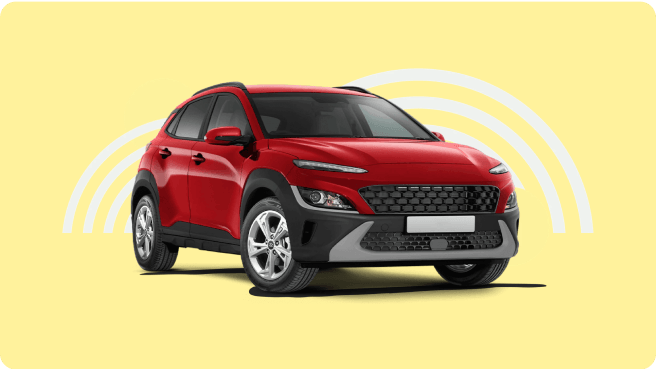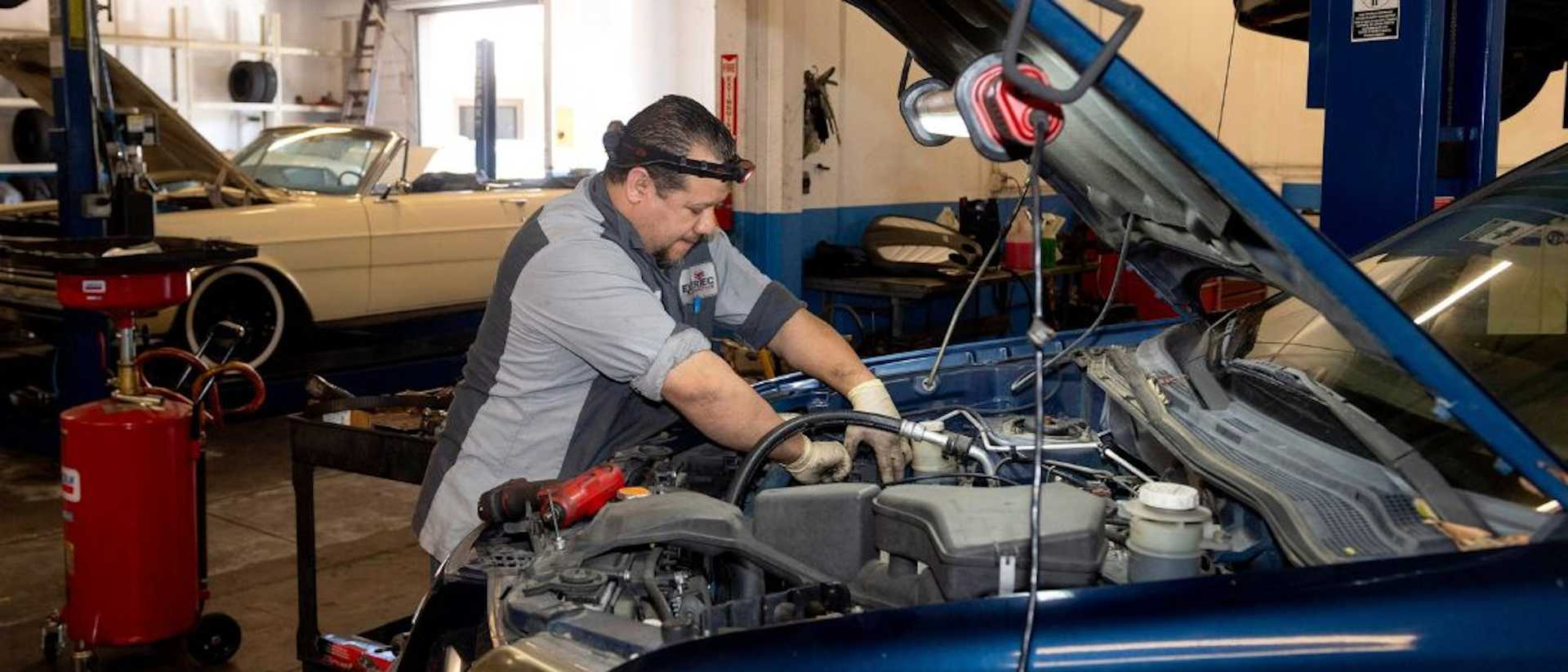How Much Do Solar Panels Cost?
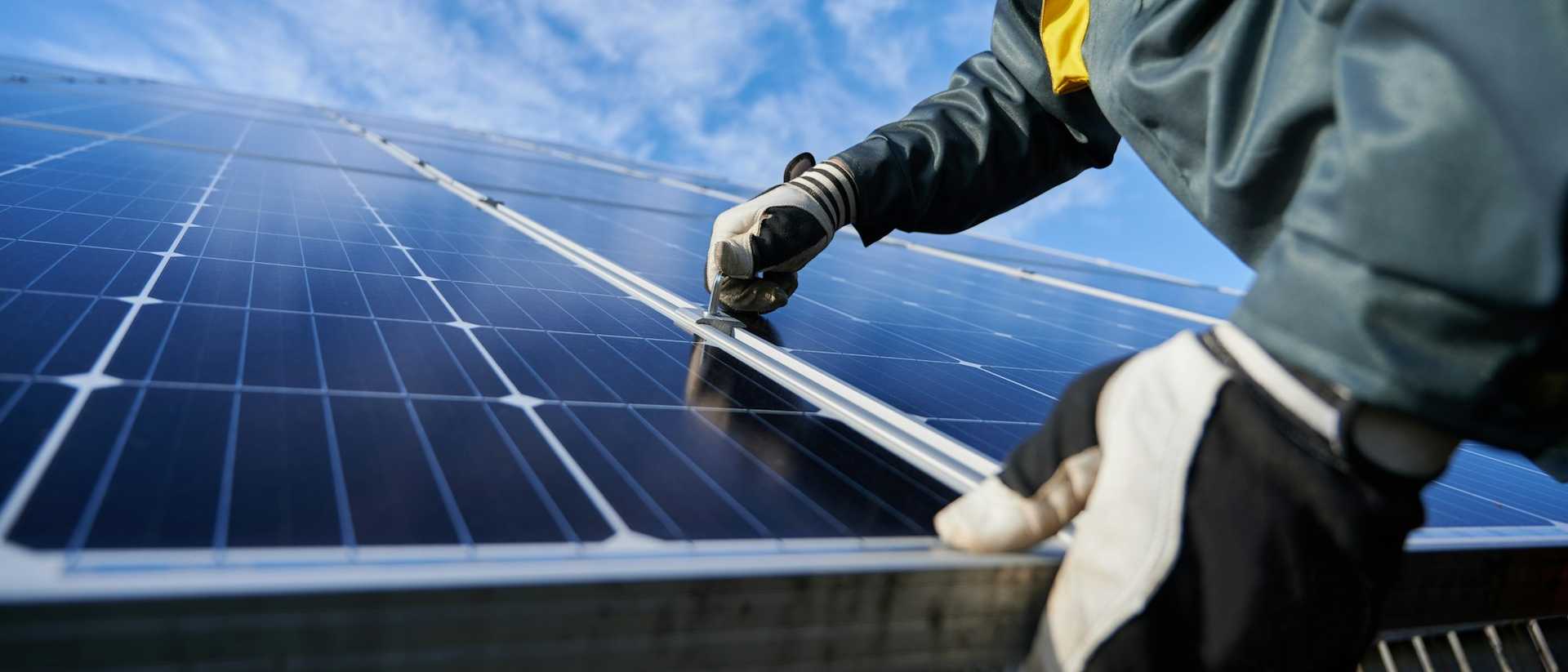
Depending on where you live and the type of system you require, the cost of solar panels in Australia can vary greatly. The average cost for a 5kW residential installation is usually between $6,000 and $10,000 before any applicable rebates or incentives are factored in. Solar panel prices tend to be lower in larger cities such as Sydney, Melbourne, Brisbane, and Perth, where economies of scale enable significant discounts for consumers.
Still, solar panel prices in Australia are relatively low compared to many other countries. This has been attributed to the country’s thriving solar industry. Prices are kept low by intense competition between local manufacturers, who regularly introduce new technologies and innovative products onto the market.
If you are a homeowner in Australia considering going solar, you need to know if your investment will pay dividends. Cutting down on the amount of fossil fuel your household is consuming is important. But so too is saving money on electricity costs. Fortunately, the availability of government subsidies and solar feed-in tariffs can greatly reduce the out-of-pocket costs for residential solar systems.
In this blog, we will not only be answering the question, "What is the cost of solar panels in Australia?", we’ll also look at some of the ways you can save money on the installation of your solar power system.
Overview of Solar Panel Costs in Australia
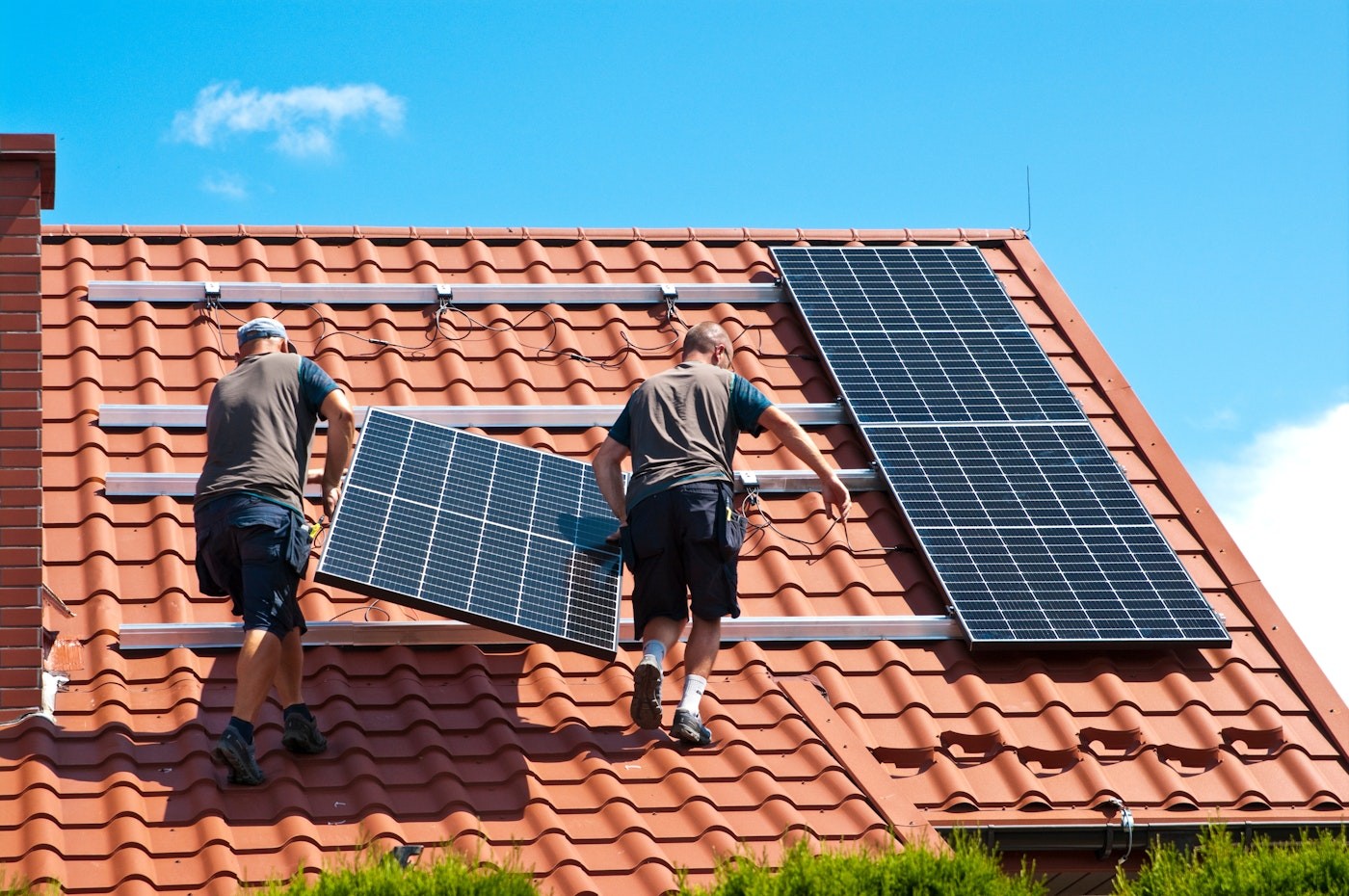
It's true that opting to install solar panels may involve significant upfront costs, but it is an investment that can yield significant savings in the long run. The good news is that solar panel costs in Australia have been steadily declining over the years, making it more accessible to homeowners and businesses alike. In fact, as of 2023, the average solar panel costs in Australia is around AUD $1.10 per watt. This is fantastic news for any homeowner looking to save on their electricity bills.
There are several factors that can affect the total cost of solar panel installation, such as the size of your system, your location, and the type of panels you choose.
With an average cost of $5,250 (after rebates), a 5kW solar panel system is the most popular option for Australian households. This provides enough power to run several appliances at once, and can substantially reduce electricity bills. However, solar system prices vary greatly depending on location. For instance, in Darwin, the cost for a similar system can reach upwards of $11,000 whereas Perth, Adelaide, and Sydney residents can expect to find 5kW solar systems for about $5,000.
The Different Types of Solar Panels
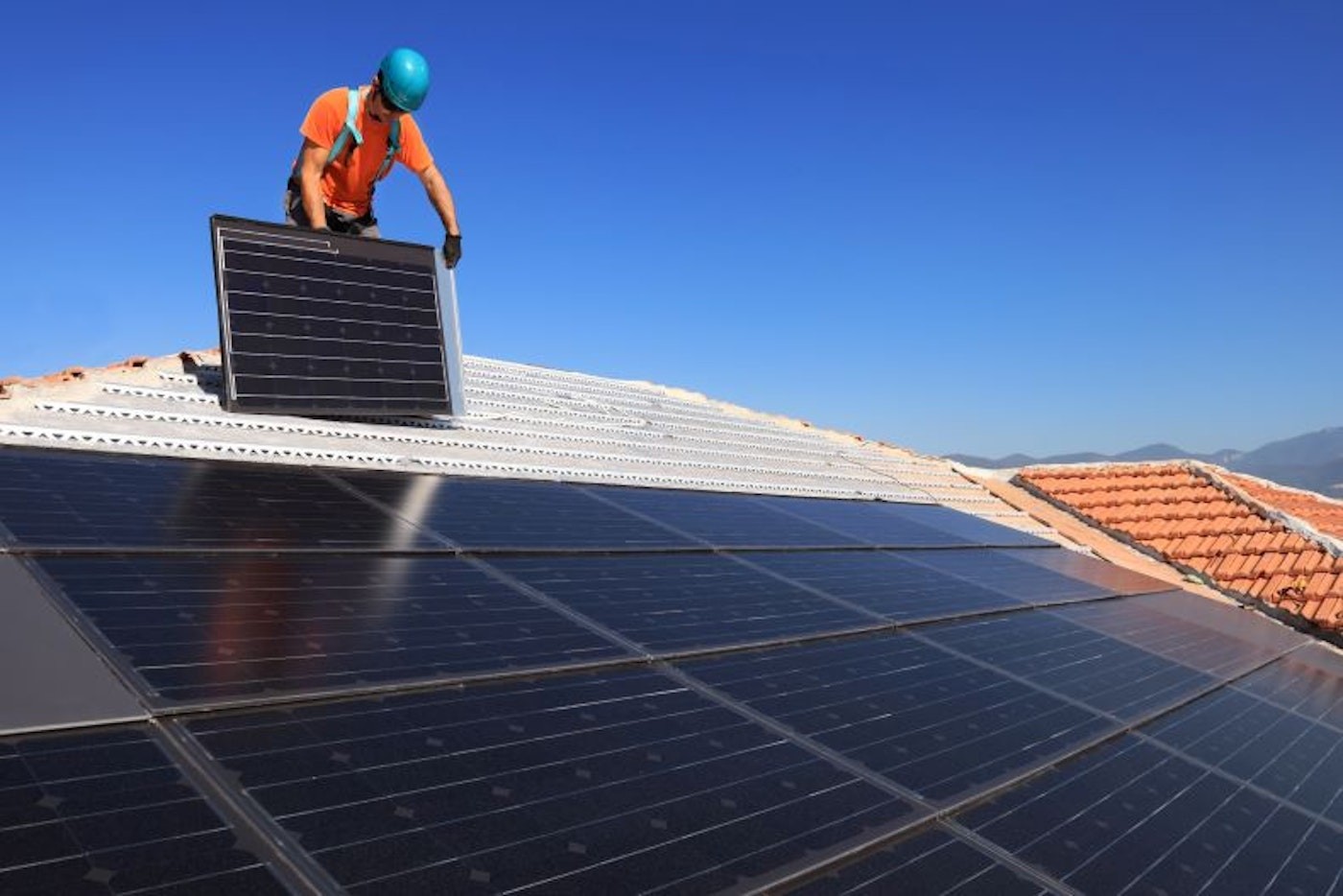
In addition to location, the type of panels you choose can also affect the price.
There are three fundamental varieties of solar panels available, each with its own unique advantages. Monocrystalline, polycrystalline, and thin film amorphous panels all have different levels of efficiency, functionality, and cost.
It's important to understand the pros and cons of each type and their associated costs in order to make an informed decision. Ultimately, your choice will depend on your budget, energy needs, and personal preferences. With careful consideration, you can find the perfect solar panel type for your home.
Monocrystalline
Monocrystalline solar panels are renowned for their optimal power-to-size ratio, providing efficiency in the range of 135 -170 Watts per m2 (13 -17%). In cooler climates, they render superior performance. Moreover, some leading units boast an efficiency rate exceeding 18%. Their longevity is also remarkable, with a 25-year warranty on most models. However, their high efficiency comes at a premium price point, making them the most expensive.
Polycrystalline
Polycrystalline Solar Panels offer impressive efficiency of approximately 120-150 Watts per m2 (12-15%) with notable exceptions, and are cost-effective compared to monocrystalline. Additionally, they perform better in hotter conditions due to the lower heat derating coefficient which ensures an extended lifespan that typically comes backed by a 25-year warranty.
Amorphous Thin Film
This technology typically yields an efficiency rate between 6 and 8% and the expected lifespan of these panels is shorter than crystalline, so that should factor into your decision as well. Additionally, their optimal performance occurs in hot weather; colder conditions mean less output from this type of paneling technology. Because they are less efficient overall compared to crystalline panels, you would need two or three times more area space covered with amorphous film in order to achieve similar levels of energy output as other types of solar panels on the market today. However, they are more affordable than crystalline panels in most cases.
Calculating the Cost of Going Solar in Australia

When it comes to working out how many solar panels are needed to power a house, the size of your system is a major factor. A larger solar panel setup usually means a higher installation cost but can result in greater savings over time.
A typical 5kW solar system will consist of 18-20 panels and generate up to 20 kWh per day, enough to power the average household. Taking into account the location, type of panels chosen, and size of the system, you can calculate the estimated solar panel cost. The exact price will depend on a number of factors and should be based on quotes from multiple installers.
To make things easier, many solar companies offer free consultations where they can assess your home and provide you with a personalised quote.
When it comes to working out whether the upfront costs involved in solar installation are worth it, you will need to consider the long-term savings that come with switching to renewable energy sources. On average, households in Australia can save up to $1000 a year by installing a 5kW solar system. And for homeowners who have a solar battery installed and are receiving a feed-in tariff, the average credit they receive on each electricity bill hovers around the $120 mark.
If you are like most Australians, you want to make sure that your investment in solar is as cost-effective as possible. And you want to know when the system will eventually pay for itself. Checking out the free solar calculator from SolarQuotes is a great way to get an idea of how much you could save and when you can expect to break even.
Government Incentives for Installing Solar Panels in Australia
If you're considering installing solar panels in Australia, you'll be pleased to know that the government offers some pretty enticing incentives to help you offset the cost. Through schemes such as the Small-scale Renewable Energy Scheme and Feed-in Tariffs, you may qualify for rebates and credits that can drastically reduce your investment.
For those who are looking to make their solar installation as cost-effective as possible, it is important to keep tabs on the latest government incentives and schemes that could potentially save you money. By doing your research, you can ensure that you get the best deal for your energy needs.
Tips for Getting the Most Value Out of Your Solar Panel Investment
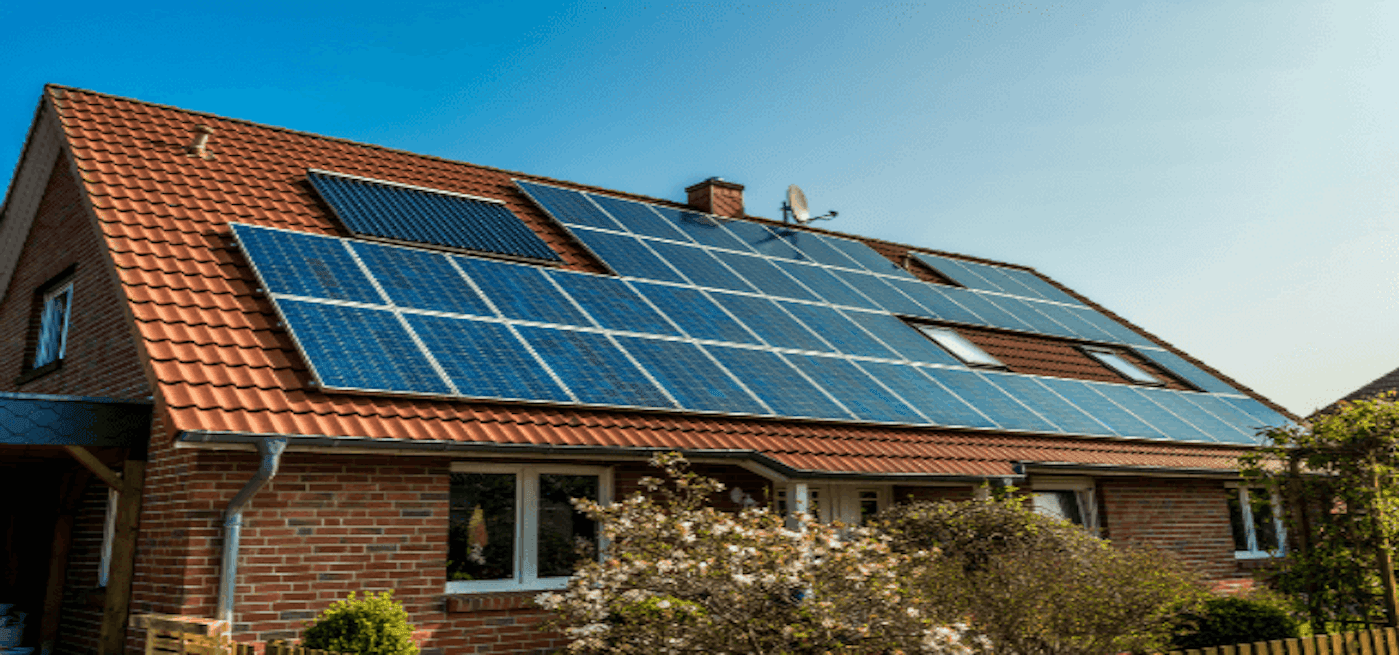
Investing in solar panels is a smart move for both the environment and your wallet. However, it is important to ensure that you are getting the most value out of your investment. To do so, it is crucial to consider the size, quality, and placement of your solar panels. Choosing the right size and quality of panels can maximise your energy output and ensure longevity. Additionally, placement is key in maximising the amount of sunlight your panels can absorb each day. In Australia, north-facing panels are ideal for capturing the most sunlight. Here are some other key tips to keep in mind when selecting solar panels for your home:
- Ask for warranties, certificates and proof of accreditations from the supplier
- Consider a hybrid system that combines solar technology with battery storage
- Choose a reputable installer who can provide post-installation services and support
- Select high-quality panels with long lifespans and strong warranties
- Prune trees shading your solar panels will help maximize their efficiency
- Limit your usage of devices relying on solar power at any one time.
Final thoughts
So, if you have been feverishly Googling "Are solar panels worth it Australia?" you can rest assured that the answer is yes. Solar panels save you money in the long run. Plus, they are a great way to combat the rising costs of living and reduce your carbon footprint. With the right setup, you can save money on your electricity bills and help protect the environment.
Like any investment, there are certain financial risks involved, but with careful planning and consideration of all the factors, you can get the most out of your solar panel investment. As Australia is already one of the world’s leading producers of renewable energy from solar power, taking advantage of federal incentives where available makes solar panel installation an attractive option for those looking to make their home or business more sustainable. It is important to research thoroughly and determine what kind of system will work best for you - whether it's grid-tied or off-grid - because this will have a direct effect on how much savings you enjoy in the future. Finally, remember that by taking the time to explore your options carefully and compare prices now, you can dramatically reduce your electricity bills and actually receive credits on your electricity bill!
At Driva, we aren't simply passionate about making the process of getting finance easy, we are also passionate about making the world a better place by helping people invest in renewable energy sources. When you choose Driva, not only are you getting a solar loan customised to your needs, but you are also joining us in our mission to create better financial services for everyone. Get started with us today and make your solar panel investment easier and more cost-effective.
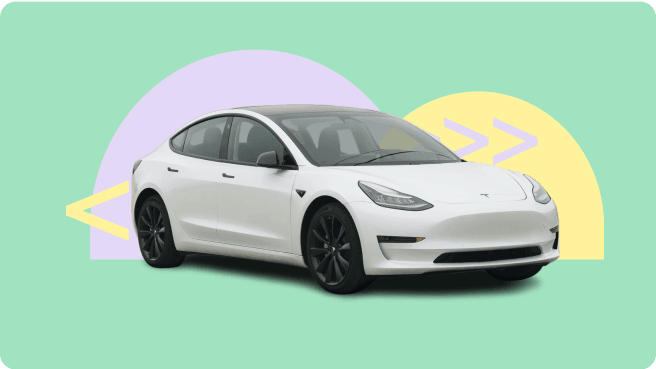

.png)


